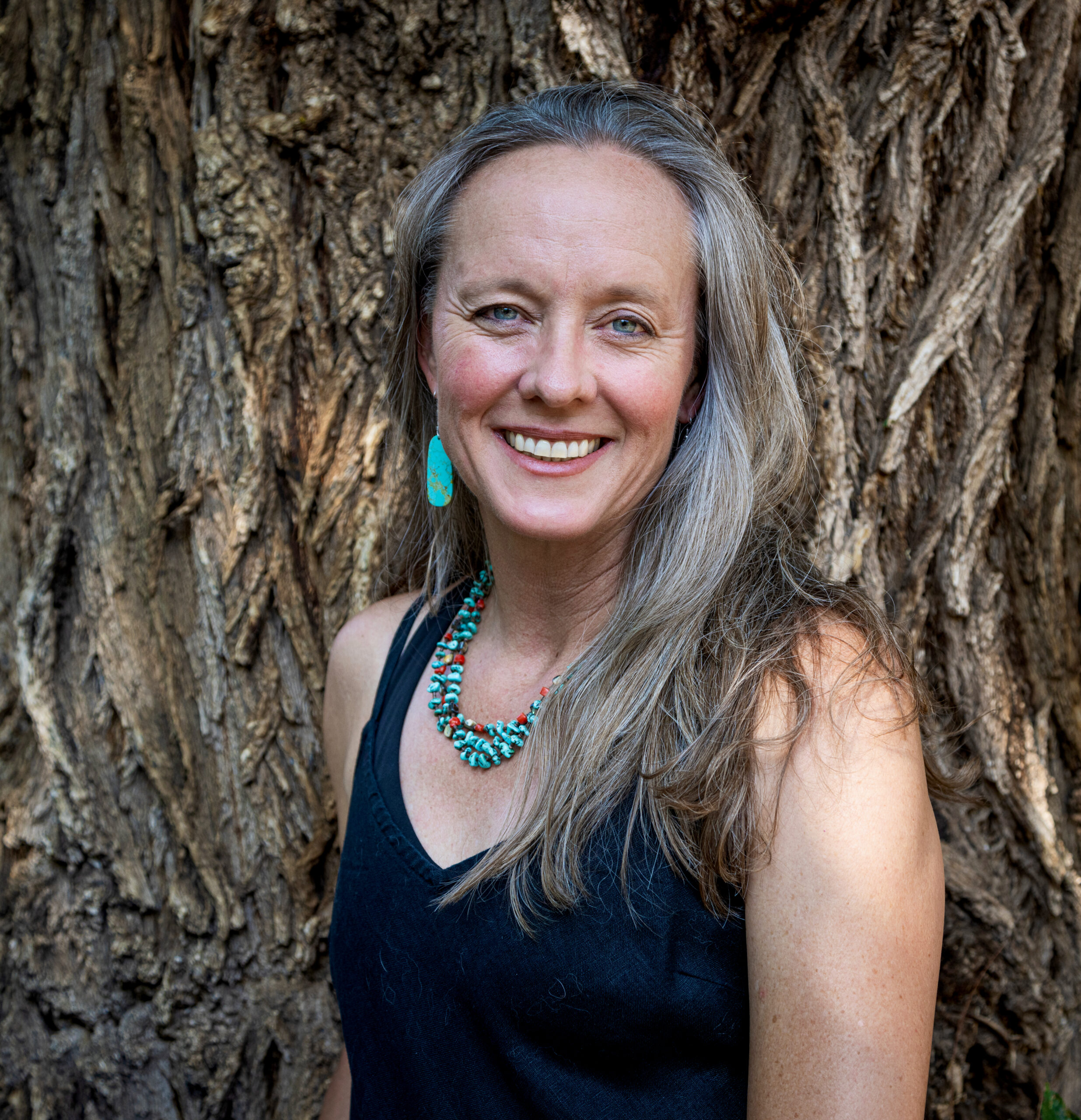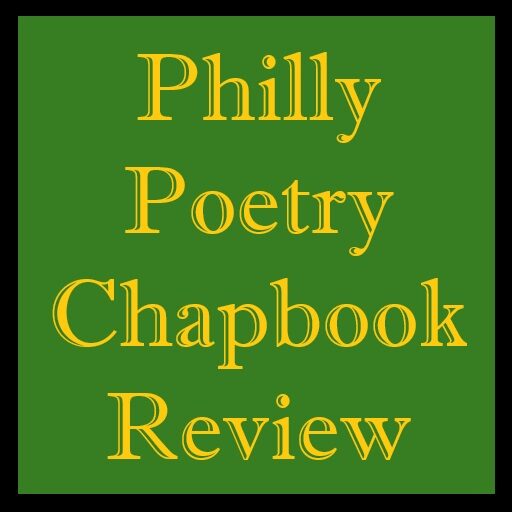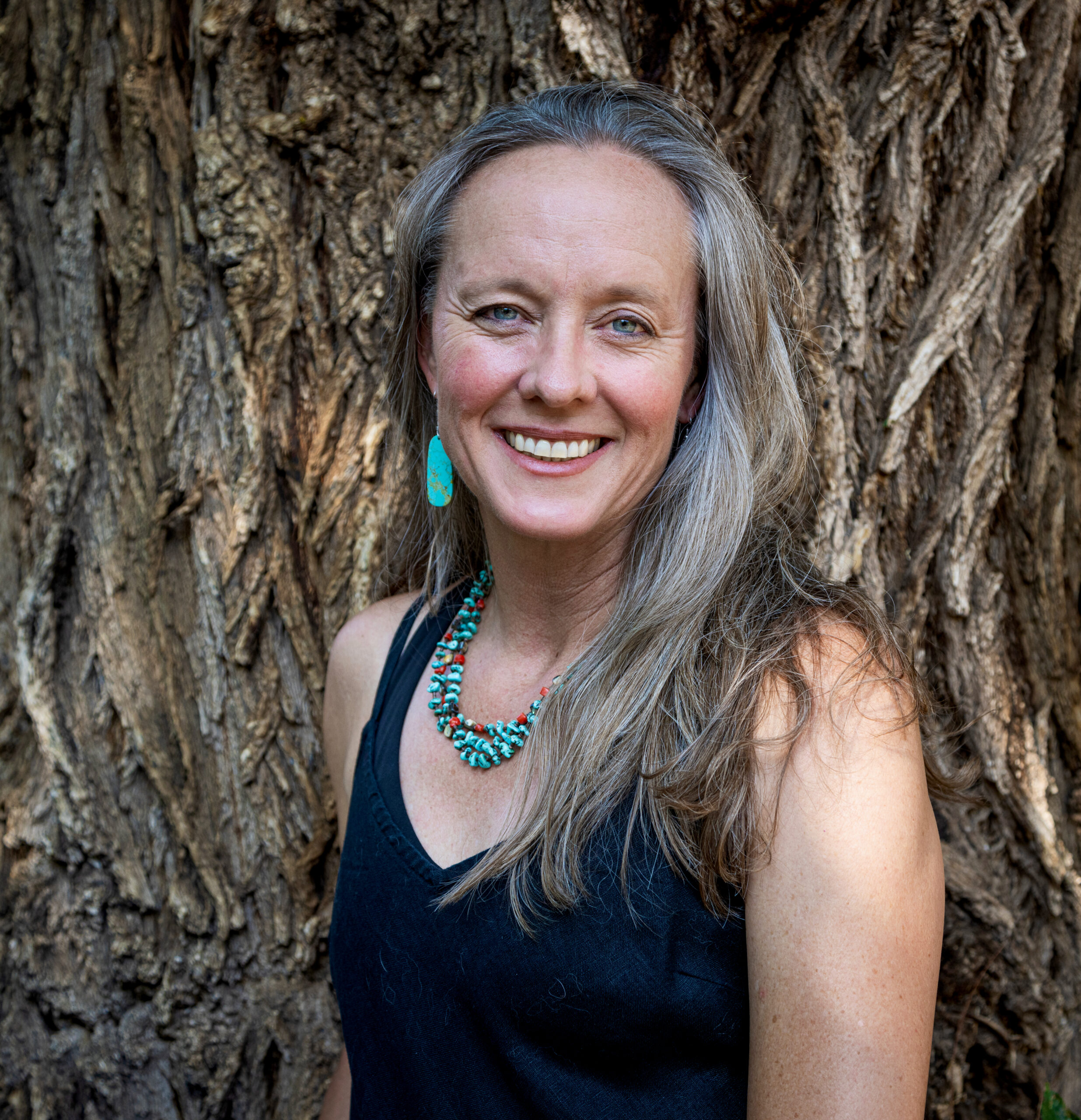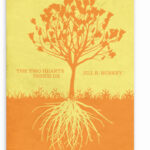Contributions
- Life’s Lazy River Journey: On Tributaries by Aspen Everett“A thread of adulation for matriarchal spirituality and the lifegiving value of water runs through the collection. Its first poem pays homage to [Toni] Morrison.” Read the full chapbook review by Shelli Rottschafer.
- Three Poems by Shelli RottschaferRead three poems by poet Shelli Rottschafer, our second biweekly poet of the Winter 2025 issue, along with a few words about the poem “Because We Remember.”
- Review: The Two Hearts Inside Us by Jill R. Burkey“Jill R. Burkey dares to question in her chapbook, The Two Hearts Inside Us, because ‘questions breed possibility.'” Read the full chapbook review by new PCR contributor, Shelli Rottschafer.
About the Contributor

Poet, Educator, and Advocate Shelli Rottschafer (she/her/ella) completed her doctorate from the University of New Mexico in 2005 in Latin American Contemporary Literature. From 2006 until 2023 Rottschafer taught Spanish at a small liberal arts college in Michigan. Summer 2023 she began her low-residency MFA in Creative Writing with an emphasis in Poetry at Western Colorado University, Gunnison. She resides in Louisville, Colorado & El Prado, Nuevo México with her partner and rescue pup..
Follow Info
Select Publications
- Bold Journey: An Ars Poetica Interview
Interviewed by Anita Patel at www.BoldJourney.com located in Culver City, CA.
“The discussion led to my writing process, recent successes, and some of my literary ancestors’ influence such as Robert W. Service, Jim Harrison, and Linda Hogan.” - “A Souvenir for Later”
A Personal Essay published in the “Dispatch” of New Mexico Wild www.nmwild.org - “Coyote Returns” and Featured Author
Mountain Outlaw Magazine: Big Sky, Montana Winter Issue - “Sharing Breath in The Spanish Peaks”
The Green Fire Times Santa Fe, NM. (Pp. 31-32), Nov/Dec Issue
- “Dent de Lion” and “Honey, shall we?: An untraditional sonnet”
The Nature of Our Times: Poems on America’s Lands, Waters, Wildlife, and Other Natural Wonders. A companion to the First national nature Assessment (NNA1).
Co-Editors: Luisa A. Igloria, Aileen Cassinetto, and David Hassler.
Contributor Q & A
How long have you been a writer and how did you get started?
I began conjuring stories at a very young age. As a girl, I would escape to my favorite tree, climb her lower bows, and lean in to hug her trunk. Perched there, looking below I would imagine worlds. Eventually this turned to the page, when in second grade I wrote a children’s fable, “A Red Breast for Robin”, for a young authors’ contest. The “prize” was a field-trip visit to the local college, story time, meeting other young authors like me, and realizing that what we had to say or write was worthy of being listened to and read.
What’s an accomplishment in your writing life that you’re proud of and a dream or goal that you still have?
Just following my passion for creative writing feels like a great accomplishment. In my first act, I was a Professor of Spanish at a small liberal arts college in Michigan. I still am an educator, but hope to do so more actively through my creative writing, and personal advocacy. I am in the process of gathering my MFA Poetry thesis as I am back in graduate school at Western Colorado University. Of which, “America Could Be, Crowned”, “Because We Remember”, and “Today We Are Stargazers” are poems, and now have been published through PCR.
What do you look for in a book?
I will be honest, a beautifully artistic cover often first attracts me to a book. I am thinking of a recent read, Diane Wilson’s novel, The Seed Keeper (2021). The cover is gorgeous Dakhóta beadwork of a corn stalk morphed into a “tree of life” symbol. It is bright, colorful, filled with bees, ladybugs, spiders, and hummingbirds.
Corn, Maíz, Wagmeza: is one of the Three Sisters. The Three Sisters are the plants corn, beans, and squash. When grown together, they create a reciprocal relationship that benefits each one. The corn grows tall, is strong, and steadfast. The beans nurture the soil, rooting in nitrogen and other nutrients. The squash with their orange and yellow blossoms are beautiful and attract pollinators. Wilson's message of reciprocity and symbiosis develops throughout her narrative.
Elders are storytellers, who entertain but also educate, and they pass on common memory. They remind that, as Wilson puts it, “we learn from the trees and plants around us. I remembered the coneflower, with its bristly seed head that dries over the winter and scatters in the spring. In the forest and on the prairie, plants were spread by wind and by traveling roots, with trees and shrubs and medicines selecting the best place to thrive, competing with one another while still building a community together.”
I think this lesson rings true for all authors and creatives. There is a relationship between the author, the characters (whether a people, a place, or other-than-humans), and the reader or observer. We are all dependent upon each other. In order for the work of art or the story to be created there needs to be an inspiration, and once created its message needs to reach outward.
Wilson, through her characters’ storytelling, demonstrates that the drive to tell one's story is an essential human characteristic. The protagonist Rosalie explains, “When I was growing up, winter had been a time for telling stories, for mending things, for dreaming about the coming spring." I take this wisdom as true, and we can see it in our “now.” Winter is a time to mend, to dream, and then Spring blossoms with rejuvenation. As a writer, I hope that my winter is my thinking-time; time to gather enough thoughts to turn into words on the page or actions within my community.
Who are your favorite writers?
One of my favorite poets is Ada Limón. Her poetry, her advocacy, and the voices she gathers with, are an inspiration.
Shelli’s Poetry recommendations:
For example, Limón’s poem, “Dead Stars” reflects on our night skies, longevity, and knowing stars will outlast humanity and our effects on the land. She questions, “What would happen if we decide to survive more? To love harder? ... Stood for the many mute mouths of the sea, of the land? ... What would happen… after all of this is over?”
This poem is published in All We Can Save: Truth, Courage, and Solutions for the Climate Crisis. Eds. Ayana Elizabeth Johnson and Katharine K Wilkinson. 2021. (pp 136-137). All We Can Save is a phenomenal collection of eco-poetry and essays dedicated to telling the truth, discovering courage, and experimenting with solutions for our climate in crisis.
Ada Limón is also the editor of the collection, You Are Here: Poetry in the Natural World (Milkweed Editions, 2024). This anthology was part of Limón’s US Poet Laureate project. As Carla Hayden, the U.S. Librarian of Congress, explaina in the Foreword, the poets included in You Are Here were asked to “observe and reflect on their place in the natural world.” Some verses contend with the destruction of nature, others consider her abundance and resilience. Yet what is clear is that “the nature of our humanity” is grounded in the natural world.
Limón expounds on this idea in her introduction:
"[When] I am trying to find myself, trying to ground myself, I stare at trees…. I become aware that I am in a body, yes, but it is a body connected to these trees, and we are breathing together. You might not know this, but poems are like trees in this way. They let us breathe together. In each line break, caesura, and stanza, there’s a place for us to breathe…. [Poems] can be a place to stop and remember that we too are living."
Like a grove of aspens, each tree is an individual but its root system is interconnected to other individuals within its reach; thus living in community. Through poems’ individual words, each grows into verse, establishes place upon the page and creates community with its reader.
Limón explains that “poetry and nature have a way of simply reminding us that we are not alone." As we are here, so too is she. And together we share in these nature inspired moments of wonder and awe. Each poet in You Are Here, shares their moments of awe. As a reader we take in their observations, and make our own. In this way, a reciprocal relationship is created so that we plant the seeds, that lead to earth-justice because that is human-justice too.

Contents
Book Excerpt: Further Thought by Rae Armantrout
Read the featured Excerpt Poem of the Month for January 2025, “Further Thought” from Go Figure by Rae Armantrout, along with a few words from the poet.
Read five poems by poet A.L. Nielsen, our first biweekly poet of the Winter 2025 issue, along with a few words about the poem “When We Walked”.
Chapbook Poem: The Poem as an Act of Betrayal by Benjamin S. Grossberg
Read the featured Chapbook Poem of the Month for January 2025, “The Poem as an Act of Betrayal” from As Are Right Fit by Benjamin S. Grossberg, along with a few words from the poet.
Jan. ‘25: Year One: What worked, what didn’t, and what to expect
Editor Aiden Hunt looks back at our first year and discusses changes to Philly Poetry Chapbook Review in 2025.
Three Poems by Shelli Rottschafer
Read three poems by poet Shelli Rottschafer, our second biweekly poet of the Winter 2025 issue, along with a few words about the poem “Because We Remember.”
Dancing With the Dead: On Ragnarök at the Father-Daughter Dance by Todd Dillard
“Todd Dillard successfully transgresses the unspoken cultural embargo on work that grapples with life during the COVID-19 pandemic in his new chapbook, Ragnarök at the Father-Daughter Dance.”
Read three poems by poet Wendell Hawken, our third biweekly poet of the Winter 2025 issue, along with a few words about the poem “First Hurt”.
Book Excerpt: Slow Chalk by Elaine Equi
Read the featured Excerpt Poem of the Month for February 2025, “Slow Chalk” from Out of the Blank by Elaine Equi, along with a few words from the poet.
Chapbook Poem: Caro M. by Angela Siew
Read the featured Chapbook Poem of the Month for February 2025, “Caro M.” from Coming Home by Angela Siew, along with a few words from the poet.
Read four poems by poet Natalie Marino, our fourth biweekly poet of the Winter 2025 issue.
A Conversation with Kate Colby
Poet Kate Colby discusses her latest chapbook, ThingKing, her creative writing practices, and her penchant for poetry chapbooks with PCR Editor Aiden Hunt in this interview piece.
Read three poems by poet Adele Ross, our fifth biweekly poet of the Winter 2025 issue, along with a few words about the poem “Heavy Water”.
Book Excerpt: The Self-Combed Woman by Laynie Browne
Read the featured Excerpt Poem of the Month for March 2025, “The Self-Combed Woman” from Apprentice to a Breathing Hand by Laynie Browne, along with a few words from the poet.
Chapbook Poem: To Let Go by Deirdre Garr Johns
Read the featured Chapbook Poem of the Month for March 2025, “To Let Go” from Fallen Love by Deirdre Garr Johns, along with a few words from the poet.
Read four poems by poet Sarena Tien, our sixth biweekly poet of the Winter 2025 issue, along with a few words about the poem “Mother Tongue”.
Life’s Lazy River Journey: On Tributaries by Aspen Everett
“A thread of adulation for matriarchal spirituality and the lifegiving value of water runs through the collection. Its first poem pays homage to [Toni] Morrison.” Read the full chapbook review by Shelli Rottschafer.
Three Poems by Jeanne Bamforth
Read three poems by poet Jeanne Bamforth, our seventh and final biweekly poet of the Winter 2025 issue, along with a few words about the poem “New Course”.




